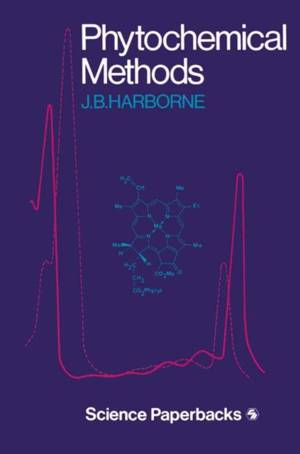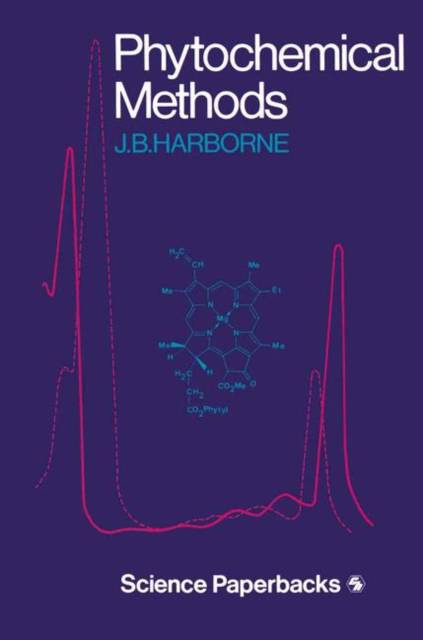
- Afhalen na 1 uur in een winkel met voorraad
- Gratis thuislevering in België vanaf € 30
- Ruim aanbod met 7 miljoen producten
- Afhalen na 1 uur in een winkel met voorraad
- Gratis thuislevering in België vanaf € 30
- Ruim aanbod met 7 miljoen producten
Zoeken
Phytochemical Methods
A Guide to Modern Techniques of Plant Analysis
Jeffrey B Harborne
Paperback | Engels
€ 83,95
+ 167 punten
Omschrijving
While there are many books available on methods of organic and biochemical analysis, the majority are either primarily concerned with the application of a particular technique (e.g. paper chromatography) or have been written for an audience of chemists or for biochemists work- ing mainly with animaltissues. Thus, no simple guide to modern metho ds of plant analysis exists and the purpose of the present volume is to fill this gap. It is primarily intended for students in the plant sciences, who have a botanical or a general biological background. It should also be of value to students in biochemistry, pharmacognosy, food science and 'natural products' organic chemistry. Most books on chromatography, while admirably covering the needs of research workers, tend to overwhelm the student with long lists of solvent systems and spray reagents that can be applied to each class of organic constituent. The intention here is to simplify the situation by listing only a few specially recommended techniques that have wide currency in phytochemical laboratories. Sufficient details are provided to allow the student to use the techniques for themselves and most sections contain some introductory practical experiments which can be used in classwork.
Specificaties
Betrokkenen
- Auteur(s):
- Uitgeverij:
Inhoud
- Aantal bladzijden:
- 278
- Taal:
- Engels
Eigenschappen
- Productcode (EAN):
- 9780412230509
- Verschijningsdatum:
- 2/10/1980
- Uitvoering:
- Paperback
- Formaat:
- Trade paperback (VS)
- Afmetingen:
- 156 mm x 234 mm
- Gewicht:
- 412 g

Alleen bij Standaard Boekhandel
+ 167 punten op je klantenkaart van Standaard Boekhandel
Beoordelingen
We publiceren alleen reviews die voldoen aan de voorwaarden voor reviews. Bekijk onze voorwaarden voor reviews.











